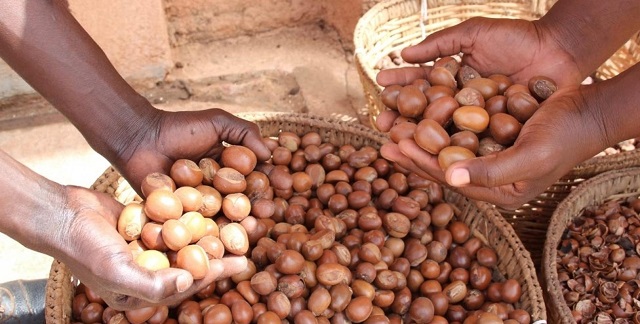
Kampala, Uganda | THE INDEPENDENT | The Uganda Women Entrepreneurs Association Limited (UWEAL) has called for investment in scientific research and innovation to develop fast-maturing shea nut tree species. It takes approximately 20 to 25 years for shea nut trees to mature and start producing fruits.
However, shea nut trees are facing unprecedented danger because of indiscriminate harvesting for charcoal burning. Shea nut trees are useful for the production of shea butter, which is used for cooking, treatment of certain ailments and skincare products among others.
A baseline survey conducted by Tango consultants across 19 Northern Uganda districts with support from UWEAL, notes that although shea butter and nuts are on high demand, the fact that they are seasonal and grow as wild trees makes the value chain inconsistent.
The finds of the survey presented by Ritah Edopu, from the College of Engineering, Design Art and Technology at Makerere University, at Fairway hotel in Kampala show that all attempts to plant shea trees have failed.
She says that aside from preserving the trees, there is need to see how to plant the trees in the region. Edopu says research on a modern variety of shea trees that has a short maturity lifespan will be the best way to support women dealing in the business in addition to providing machinery to process the shea nuts among others.
The findings show that there was a significant socio-economic contribution of shea nuts especially in Agago, Amuria, Abim, Kapelebyong, Alebtong, Lira, Otuke, Gulu, Lamwo, Kitgum, Pader, Adjumani, Moyo, Arua and Yumbe districts among others. This was however limited by the seasonal nature of the shea nut trees.
According to Dr. Barbara Ofwono Buyondo, she says they plan to improve the participation of up to 7,400 women in the shea butter value chain through setting up modern processing equipment, encourage preservation of trees and see an increase in the value of exports.
Ayoo Harriet, a shea nut trader from Kitgum says that there is need to address the problem of post-harvesting to develop the trade in shea nut. She says the biggest challenge now is the fact that shea business is very seasonal.
In her recommendations, Edopu called for capacity building in post-harvest handling, provision of modern equipment for processing shea nuts, strengthening of legal and regulatory frameworks on shea nut trees and the creation of organized shea groups.
The baseline survey also established that there is need to sensitize people on the value of a tree for seasonal harvest compared to cutting down trees for firewood, adding that a tree cut down could raise only Shillings150,000 from 5 bags of charcoal compared to 20 kilograms of shea nuts, which can be got per season from the same tree and can generate over Shillings 350,000 per season.
*****
URN
 The Independent Uganda: You get the Truth we Pay the Price
The Independent Uganda: You get the Truth we Pay the Price


